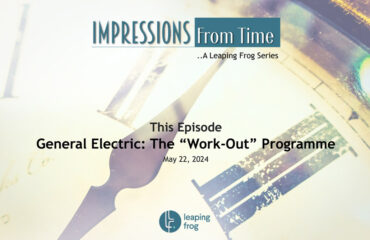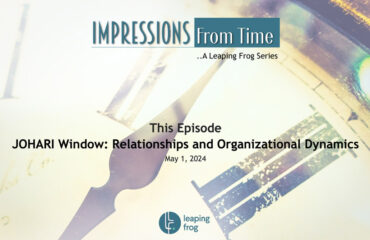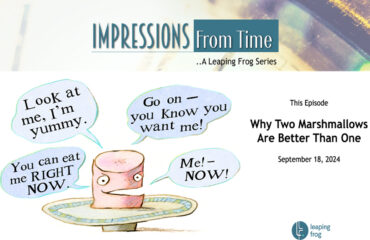
Picture Credit: https://shorturl.at/EV5V1
In 1968, Dr. Spencer Silver, a scientist at 3M, was working on developing a strong adhesive for aerospace applications. However, his experiment didn’t quite go as planned. Instead of creating a powerful adhesive, Silver ended up with a weak one that could stick lightly to surfaces without leaving residue and be easily removed. While this seemed like a failure, it would become the foundation of one of 3M’s most iconic and innovative products: the Post-it Note.
Silver recognized that his adhesive had an interesting property—it was pressure-sensitive and could be reused multiple times. Though he was intrigued by its potential, there was no immediate application. He spent the next several years promoting his discovery within 3M, hoping someone would see its value. Unfortunately, he hit a roadblock. People struggled to envision how such a low-tack adhesive could be commercially viable as the time focused on stronger, permanent adhesives.
Despite the initial lack of enthusiasm, Silver never gave up on his idea. He continued to share his discovery at internal seminars, trying to spark interest.
Enter Art Fry
It wasn’t until six years later, in 1974, that Silver’s invention found its purpose. Art Fry, a fellow 3M employee and choir member, had a frustrating problem during rehearsals. He used scraps of paper to mark the pages of his hymnal but found that they either fell out or damaged the pages. Remembering Silver’s seminar about the unique adhesive, Fry thought of a solution. What if he could use this light adhesive to create a repositionable bookmark?
Excited by the idea, Fry created a prototype using paper coated with Silver’s adhesive. It worked perfectly—he could mark his pages without damage, and the bookmark could be removed and reused. Fry realized that this idea had the potential to go beyond bookmarks, envisioning it as a tool for notes and reminders that could be easily moved and repositioned.
Fry took his prototype to 3M’s marketing department with this new concept. However, the reception wasn’t as enthusiastic as he had hoped. The idea of removable sticky notes seemed novel but lacked apparent market demand. Instead of being discouraged, Fry convinced 3M to run a test market in Boise, Idaho, in 1977, giving away free samples of what was then called “Press ‘n Peel.”
The results were astonishing. Once people tried the product, they couldn’t imagine life without it. They found countless uses for the notes, from leaving reminders to organizing their daily tasks. The feedback was overwhelmingly positive, with one customer famously saying, “I don’t want to ever run out of them again!”
From Press ‘n Peel to Post-it Notes
Buoyed by the success of the test market, 3M launched the product nationally in 1980 under a new name: Post-it Notes. What started as a failed adhesive experiment had now become an office essential. Post-it Notes were popular in offices and found their way into homes, schools, and even art galleries. People appreciated the convenience, versatility, and simplicity of the product.
Post-it Notes became synonymous with quick notes, reminders, and organization in the years that followed. The bright yellow pads adorned desks across the globe and became a symbol of productivity and creativity. 3M continued to innovate, introducing new sizes, shapes, and colors to meet the growing demand for this practical tool.
The Legacy of Post-it Notes
Today, Post-it Notes are one of the most recognizable office products in the world, with billions sold annually. The story of Post-it Notes is remarkable because it serves as a powerful reminder of how innovation can emerge from the most unexpected places. Silver and Fry’s persistence in finding value in an unconventional discovery demonstrates how companies can turn perceived failures into groundbreaking products.
The story of Post-it Notes also highlights the importance of corporate culture in fostering innovation. 3M’s commitment to allowing employees to explore new ideas and experiment with unconventional solutions was crucial to the product’s eventual success. This “15% rule,” which encourages employees to dedicate time to side projects, allowed for the creative thinking that led to products like Post-it Notes.
……………………………………………………………………………………………………………………………………
“Impressions From Time” is a curated series from Leaping Frog about stories from the past that have helped shape modern-day practices in the people and organisation domain.
Leaping Frog, a new-age consulting firm, is an enabler and co-creator in enhancing people and organisational effectiveness. We love doing work in the areas of “Driving Organisational Change and Development”, “HR Systems and Talent Strategy”, and “Leadership and Life Coaching”.
Connect and share, for work and more.
Mail: comm@leapingfrog.in
Website: www.leapingfrog.in
Follow Us: https://lnkd.in/d7TQbsia




